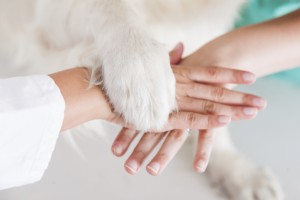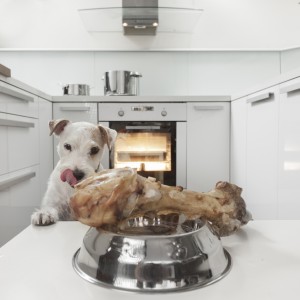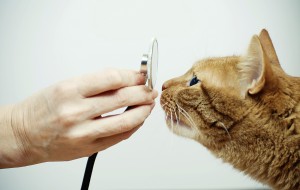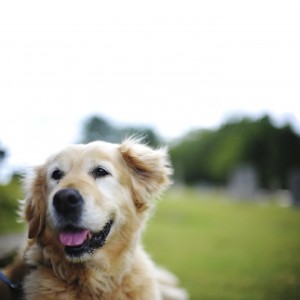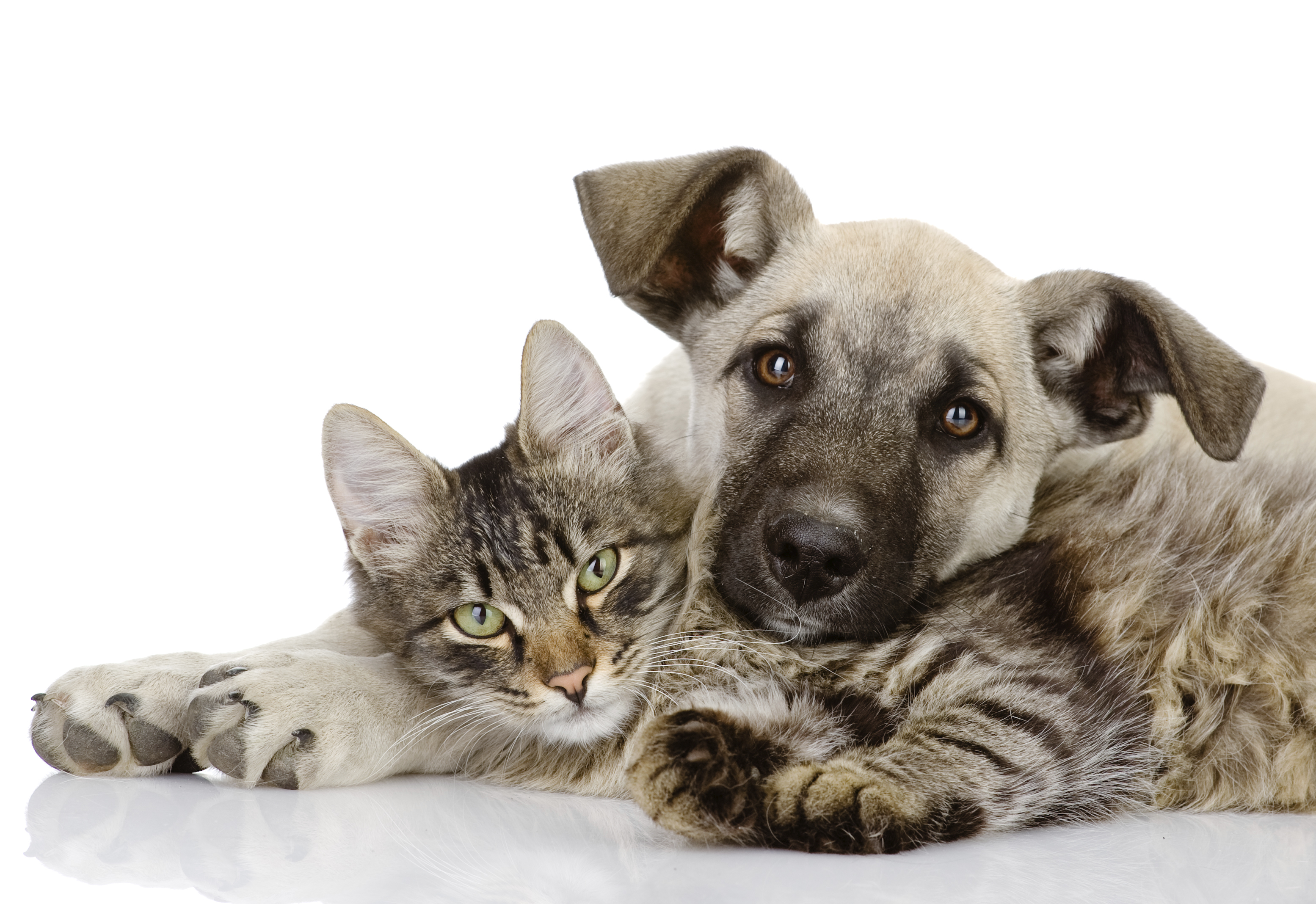Getting to Know Prairie Ridge Veterinary Clinic
 As the summer winds down and we begin to gear up for a busy autumn, we thought we would take a moment to highlight some of our offerings. You may be familiar with our practice at Prairie Ridge Veterinary Clinic, or maybe you’re seeking a clinic for your best friend. In either case, we’d like you to get to know us better!
As the summer winds down and we begin to gear up for a busy autumn, we thought we would take a moment to highlight some of our offerings. You may be familiar with our practice at Prairie Ridge Veterinary Clinic, or maybe you’re seeking a clinic for your best friend. In either case, we’d like you to get to know us better!
The Family Doctor for Your Best Friend
When you think of your own family doctor, you might often think of qualities like trustworthiness, skill, and friendliness. As with your relationship with your physician, we also believe the relationship between pet owner, pet, and veterinary team should be rooted in trust, skill, and friendliness. Continue…


